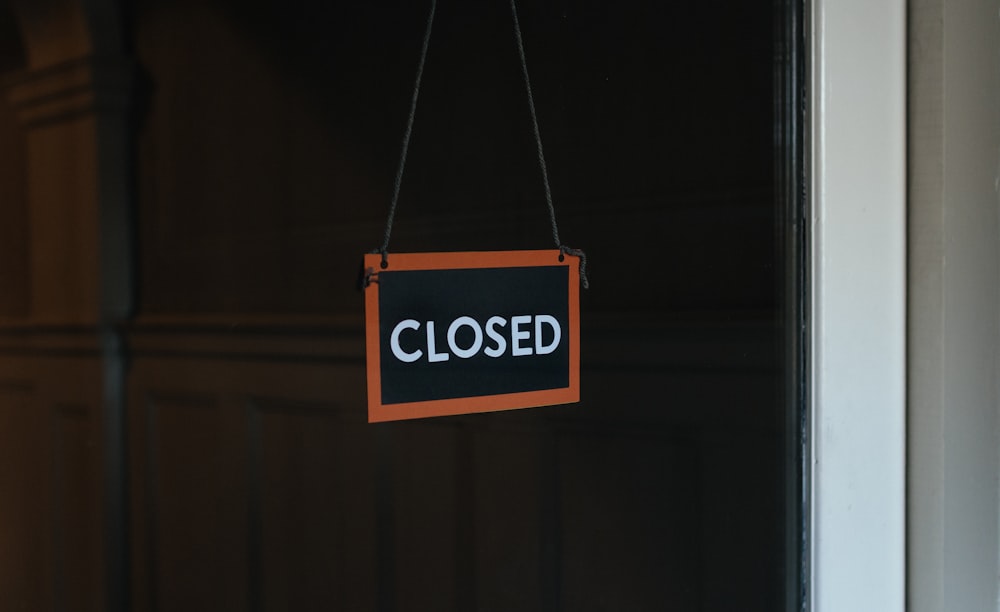
We hear it all the time; yet again a big name brand has stores going out of business. And if this is the case on a regular basis, then soon enough, there won’t be any more physical retail stores left to close at all, especially traditional department stores. With proper consideration and planning, there is still the possibility of Sears, Macy’s, and JCPenney to go from department store failure to success and help save the future of retail.
Why Department Stores Are Constantly Failing

A large part of this chain reaction has come from the declining era of American shopping malls. But there are several other reasons that need to be examined more in-depth. And no large department store is immune. Even Kohl’s is reporting sales loss.
Rise of the Super Stores: Walmart, Target, Costco
It’s no secret that Walmart and Target have taken over as pseudo-department stores in the last decade. Both of these giant retailers started out with general consumer items and offered low competitive prices while offering a mix of premium brand name products and generic brands. Since its inception, they have expanded its presence with in-store dining options, increased departments, and exclusive products. With their similar successful formulas, they’ve been able to push out many department stores anywhere in their vicinity.
Walmart and its subsidiary Sams’ Club offer auto centers and have been one of the few major retailers to successfully do so, other than Sears and Costco. Nearly every Walmart has a fast food service outlet inside, fresh groceries, a pharmacy, and a gas station to boot.
Target follows nearly the same formula but without an auto center. Both retailers have also started producing their own brand-name products in nearly every category of clothing, food, and household items. Costco mimics the other two and has established itself as America’s premier grocery outlet for buying in bulk.
Rise of E-Commerce: Amazon
Long story short, Amazon introduced an infinite marketplace of consumer items to purchase in every sector imaginable. Once Amazon began offering Prime next-day delivery and branched off its own entertainment production branch, it sealed the deal as the king of e-commerce. Traditional department stores simply cannot compete with this. And although Sears, Macy’s, and JCPenney have online stores, they cannot compare to the diversity of products and shipping network that Amazon has.
Rise of the Pandemic
The lockdowns negatively impacted virtually every single person and entity in some way. For department stores, the problem was the same for any other indoor establishment; people were either restricted from being inside buildings or wanted to avoid being indoors inside public spaces. Fortunately, these restrictions and issues have been resolving and disappearing with time.
Lack of Innovation
We all know the old adage, “If it ain’t broke don’t fix it.” But in the retail industry, it’s worse to remain stagnant. Enterprise retail stores don’t need to reinvent the wheel or unleash drastic innovations every year, but when taking Target as an example, the store’s evolution over the last three decades proves how progressive change over time to meet the demands of the modern consumer makes all the difference.
Compare that to Sears, Macy’s, and JCPenney. They had a rich history with holiday traditions and special events, but over time, modern consumers disconnected from these past times. These brands need to find new ways to keep their traditions relevant while also keeping up with the evolving landscape of the modern consumer.
Technology, social media, and cultural influence have all played a major role in this evolution, and major department stores struggled to play catch up instead of keeping up, or better yet, staying ahead of the curve.
How Department Stores Can Succeed

Not all is doom and gloom, however, and there are still avenues that can lead to success so that these brands and companies can once again thrive.
Competitive Pricing
We’re in a day and age where all it takes is a few key presses on a smart phone, and any consumer compare prices online to in-store prices at the drop of a hat. Price matching is the only way to keep up with e-commerce prices.
The viability of this practice might vary from store to store, but it’s better than attempting to inflate prices and then pretending to offer them as being discounted. Also, relying on once big-time sales events is no longer assured since many e-tailers not only match holiday discounts but have regular sales and deep discounts.
Exclusive Innovations
It’s not enough to be innovative, there needs to be exclusively innovative ways that make it difficult for competitors to match. If a retailer can create more incentives and solid reasons why their physical store offers a shopping experience unlike any other, then consumers will be prompted to at least give it a try. All it takes is getting people in the doors to increase sales. And if the experience lives up to the hype and spreads with positive word of mouth, shoppers will continue to come through the doors.
Brand Distinction & Culture
Arguably the most important and critical part of any retailer’s success, stores need to vigilantly focus on building a social culture around their brand and constantly ensure that their brand stands out positively in the media and consumer’s minds.
Having a unique store layout can greatly benefit any retailer and can enhance department stores just the same. The more successful a retailer is with this element, the more successful they’ll be in attracting and retaining consumers. And that equals more sales.
In conclusion, there is hope for the future of these brand stores, especially if the points in this article are taken into serious consideration. Best Buy is a good example of a store that remains relevant in 2023 despite many setbacks and has been on the brink of complete closure.
There is no magic pill for the shift in consumer behavior and preferences, but Sears, Macy’s, and JCPenney can go from department store failure to success. With these elements in mind, the future of department stores are yet to be determined.
Discussions for Sears, Macy’s & JCPenney
And now, we’d like to hear your thoughts. Do you still shop at any department stores? Why or why not? How do you think these brand stores can remain relevant in 2023 and beyond?
